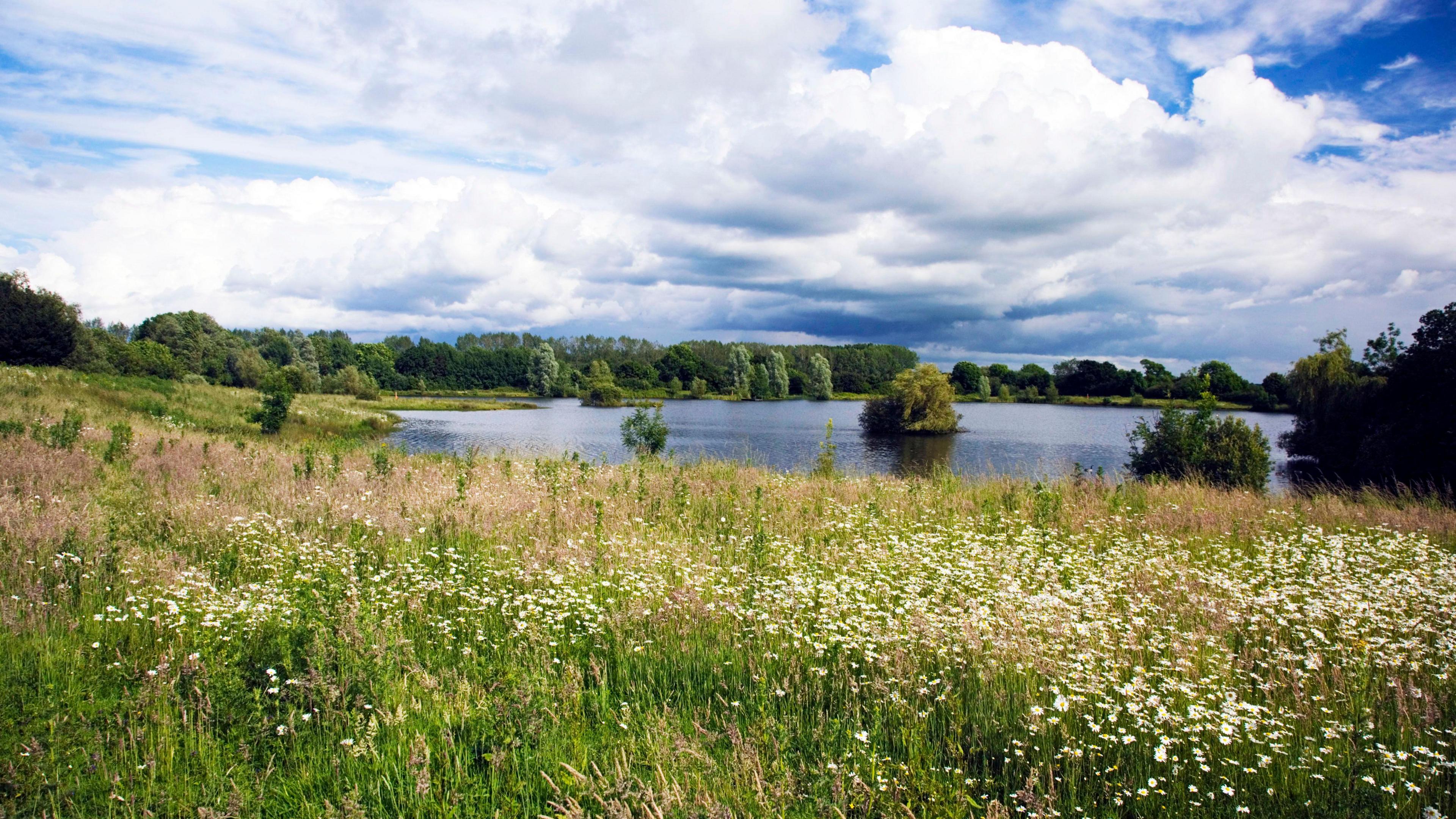Rare species back at nature reserve after revamp
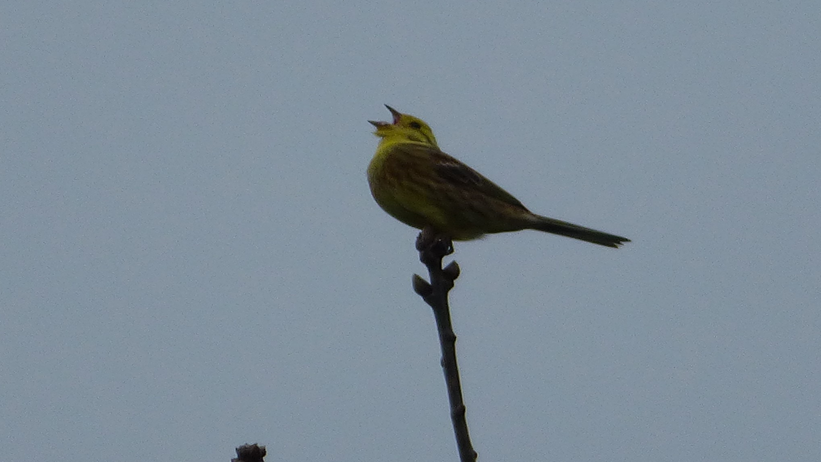
The yellowhammer was one of the rare birds spotted at the nature reserve
- Published
A number of rare animals have returned to a nature reserve after a restoration project aimed at improving its biodiversity.
Natural England leased the fields neighbouring Wybunbury Moss, near Crewe, Cheshire, from the Church Commissioners for England in September 2023.
As part of its work to restore them, the organisation stopped the use of fertiliser on the fields, reintroduced grazing by livestock and restored hedgerows.
Since then, 169 species have been recorded at the site, Natural England said, with several locally rare and threatened birds, mammals and insects among them.
These included the red-girdled mining bee, yellowhammer bird, brown hare and soprano pipistrelle bat.
A spokesperson for Natural England said the transformation had "exceeded expectations" and was the result of their restoration work to cut nutrient pollution at Wybunbury Moss – one of only three known floating peat bogs, created by subsidence in the UK.
These rare types of wetland have a thick layer of peat floating on top of a body of water.

The red-girdled mining bee cannot be found anywhere else in the area, experts say
Zara Gower, of the Church Commissioners for England, said she was delighted to see the "remarkable biodiversity improvements" over the last two years.
"The rapid return of rare and threatened species demonstrates the value of this partnership approach to land management," she added.
Wybunbury Moss, along with the surrounding woodland, reed swamp and meadows, covers an area of approximately 16.5 hectares (41 acres), forming one of England's most unusual national nature reserves, according to Natural England.
The reserve was first designated in 1955 with further land acquisitions added to the site between 1957 and 2009.
Get in touch
Tell us which stories we should cover in Cheshire
Read more Cheshire stories from the BBC and follow BBC Stoke & Staffordshire on BBC Sounds, Facebook, external, X, external and Instagram, external.
Related topics
- Published14 July
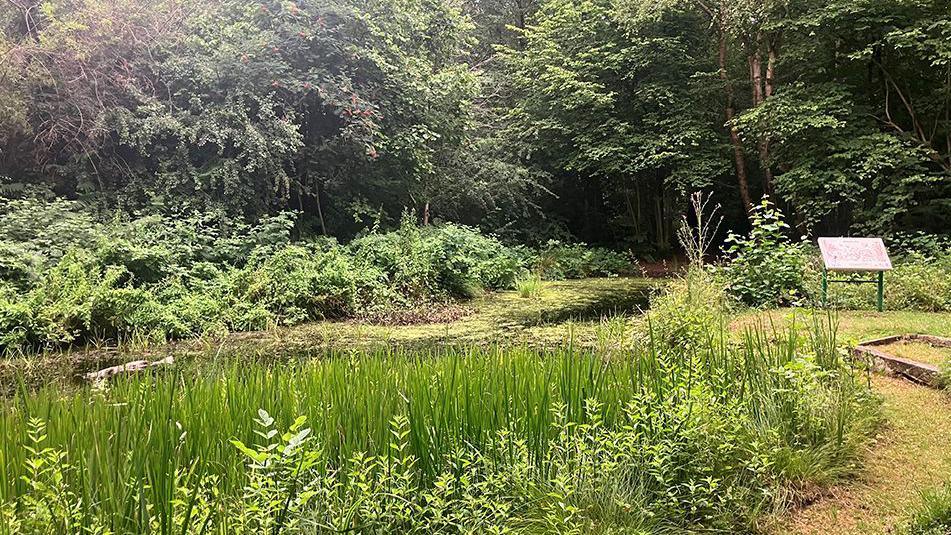
- Published1 August
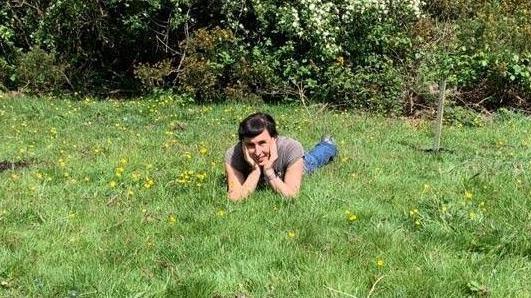
- Published12 July
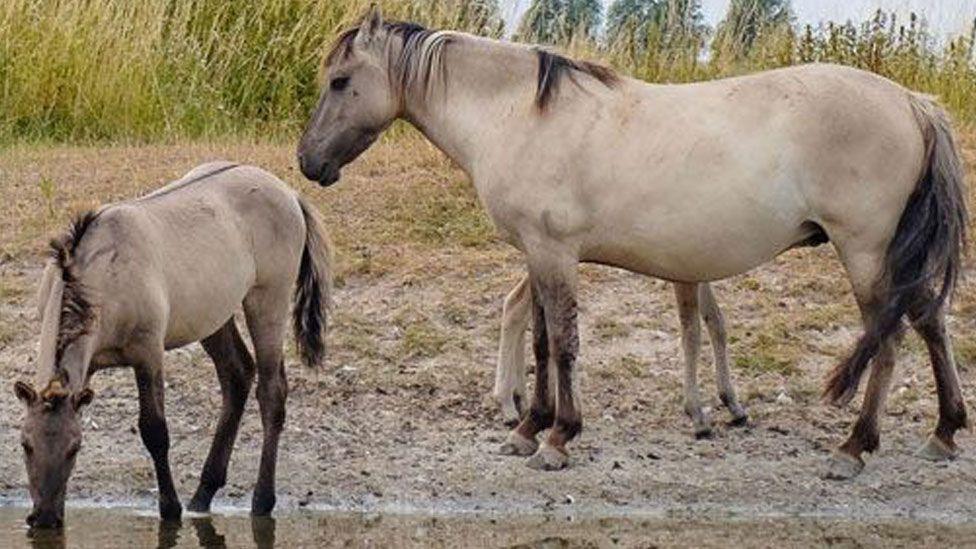
- Published10 July
